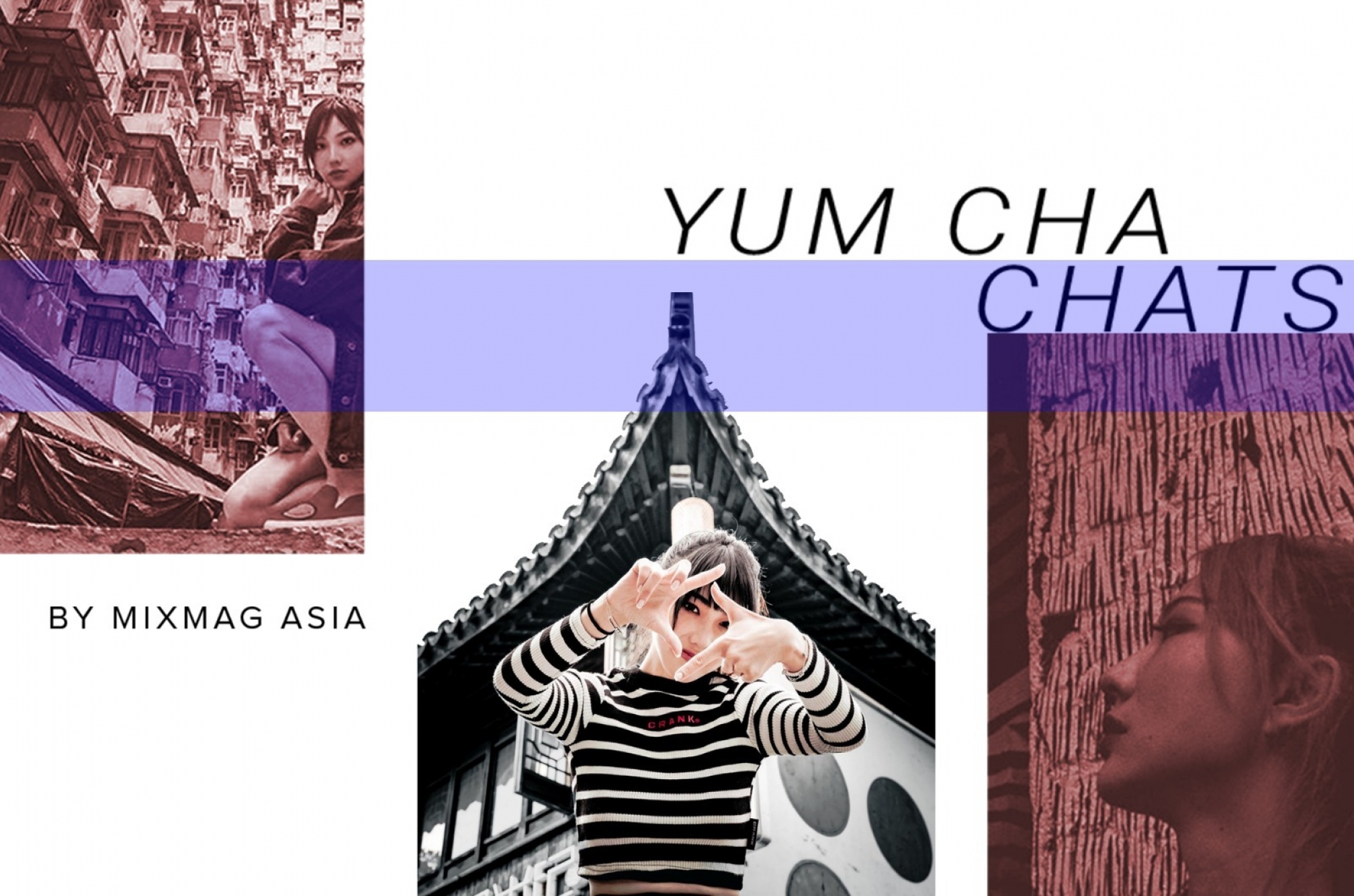 Yum Cha
Yum Cha
Yum Cha Chats with Lizzy Wang: Under-the-radar Asian dishes that bring heat
Some like it hot
Sunday’s are hard but can be made easier with unexpected delights — so here’s some fluff to get you through it. Inspired by a recent jaunt for dim sum with Miss Yellow in Hong Kong, allow us to present the first of many Yum Cha Chats — which means let’s go eat dim sum and drink tea in Cantonese. The series will dig into the obscure and tasty 'fillings' you never knew about your favourite DJs and have nothing to do with music — every Sunday. Best enjoyed from bed…
Why is spicy food so good? Is it the pain that we love? Or is it an addiction to triggering our olfactory senses that drives us to keep slathering on hot sauce? We're not sure, but we're hooked here in Asia, and we love heavily panting over a dish hot enough to numb your mind. But a lot of first-time travellers come to Asia and can't take the heat (well, they think they can, but they can't). We speak from experience, it's actually easy to appreciate (and enjoy) the painful pleasure of spicy food, and that starts with eating the right dishes. Eating tear-inducing foods is a long-held tradition in Asian cuisine, so we asked China-based DJ and bonafide chilli addict Lizzy Wang to take us on a tour of the best foods in Asia to test our tolerance on. These are the dishes in Asia that will have you breathing fire after a big night out.
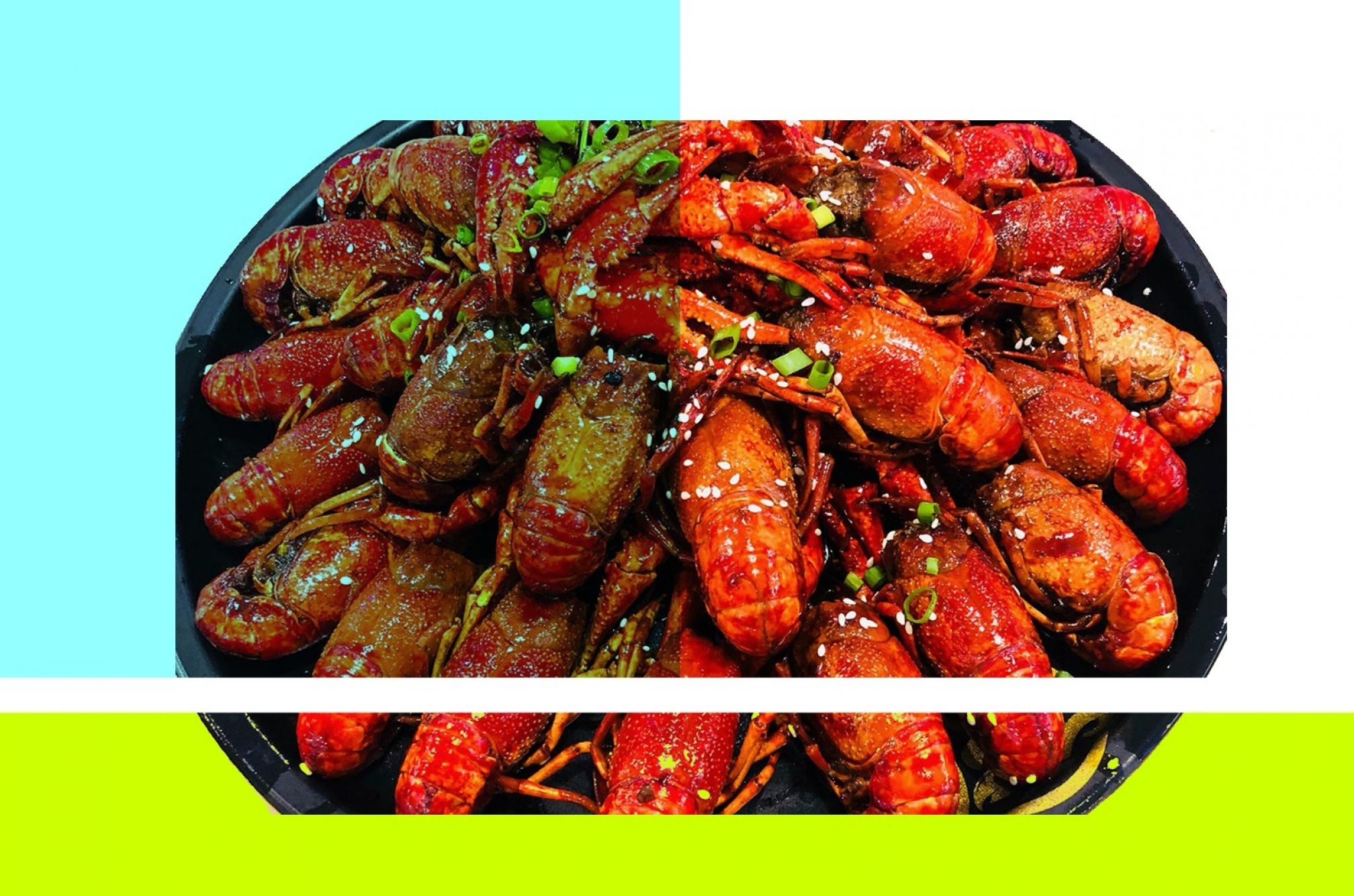
CHINA: Spicy Crawfish
"One for the spice-cravers AND thrillseekers. Chinese style spicy crawfish, also known as little lobsters, are served at seafood restaurants all over China on a big platter for sharing in a hot and spicy chilli sauce. Tourists are known to wait in long lines to try this Chinese delicacy in some parts of China. As far as heat goes, this dish is mildly spicy thus much more tolerable than its cajun counterpart.
For a long time, I stayed away from crawfish because I thought they were unsanitary to eat after hearing they could live off of waste or the corpses of other creatures. Only after I came back to China from living in the US did I see how many people loved this dish. So I did my research and found out that some crawfish are bred artificially instead of growing in the wild, and sonic equipment is used to clean the crawfish — and finally I got to indulge in this delectable dish. Now I'm an addict.
After a party with friends when feeling hungry, a massive plate of spicy crawfish is always a great choice (also a few drinks will inevitably make you braver). There's not much meat on each crawfish, so you always end up eating so many of them. They are such a guilty pleasure."
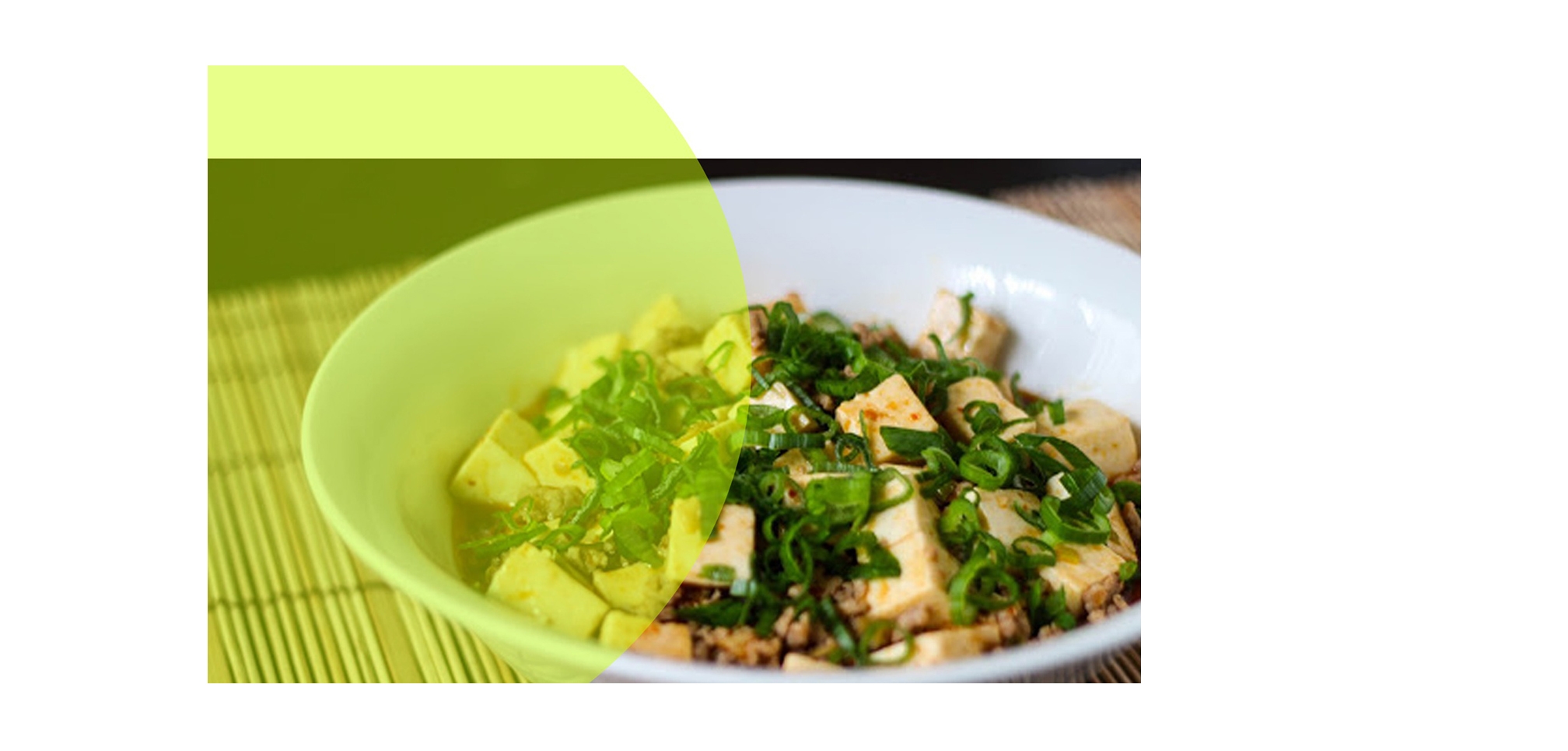
JAPAN: Mapo Tofu
"First of all, it's important to know that mapo tofu is actually a fiery Chinese dish from Sichuan Province, so I was surprised to discover it in Japan. Sichuan food is the spiciest in China, but the Japanese have adjusted it and made it more tolerable for everyone. Several restaurants in Japan sell mapo tofu in Japan and being Chinese, I'll be there first to admit that it's really good. The tofu there has a really nice texture, and the flavour is not too spicy but still has the same powerful taste like the Chinese original. It's also a sure bet to win over a tofu sceptic. Most of all, I'm always happy to see a Chinese dish get carried forward in another country who can do it justice, as the Japanese have."

HONG KONG: Typhoon Shelter Crab
"What? I was confused too. First of all, this dish got its name from crabs that were collected around Causeway Bay in Hong Kong's fishing-village-era and sold on boats and typhoon shelters. Today, the cuisine has moved to shops onshore where the crabs are wok-fried with a boat-load of chilli, dried garlic and scallions. Let me tell you, this crab will make you sweat. My first time having typhoon shelter crab was at Under Bridge Spicy Crab, a local haunt in Hong Kong that's famous for this dish. We ordered it slightly spicy, but it was already quite spicy to begin with, so be careful how you order. It can also be a bit greasy, but it tastes so good that you can't resist. I've tried it in other restaurants, and they are always delicious, but not like at Under Bridge Spicy Crab."
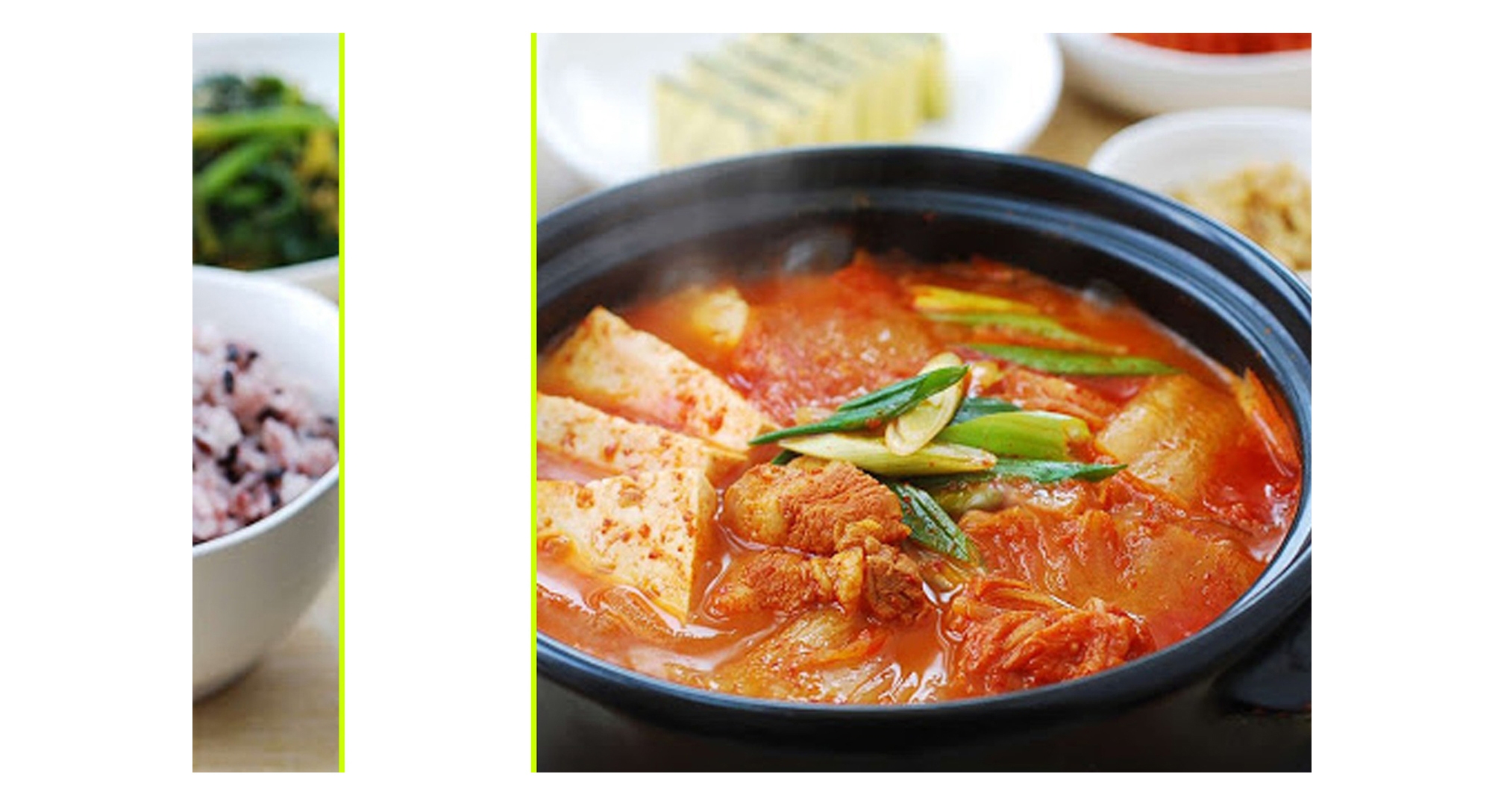
KOREA: Kimchi Tofu Stew
"Everyone knows how good (and healthy) kimchi is as a condiment, but it's not until you get to Korea that you really get to explore its versatility since it becomes the foundation of so many dishes there. The best? Tofu stew. Don't underestimate this simple dish just because of its name because the kimchi lets off all its flavour and spice, which is absorbed by the tofu. One single stew can fulfil a girl's appetite very easily. It's also spicy yet clean enough to reverse any damage done after a big night out.
Also, if food is the carrier of memory, kimchi tofu stew is mine. It's my last memory of New York before moving back to China because I lived quite close to Korean town in New York and kimchi was my go-to. I had my last kimchi tofu stew with my suitcase in tow and went straight to the airport from there. I'll say kimchi tofu stew it's my soul food. And fortunately, you get it at most Korean restaurants around Asia."
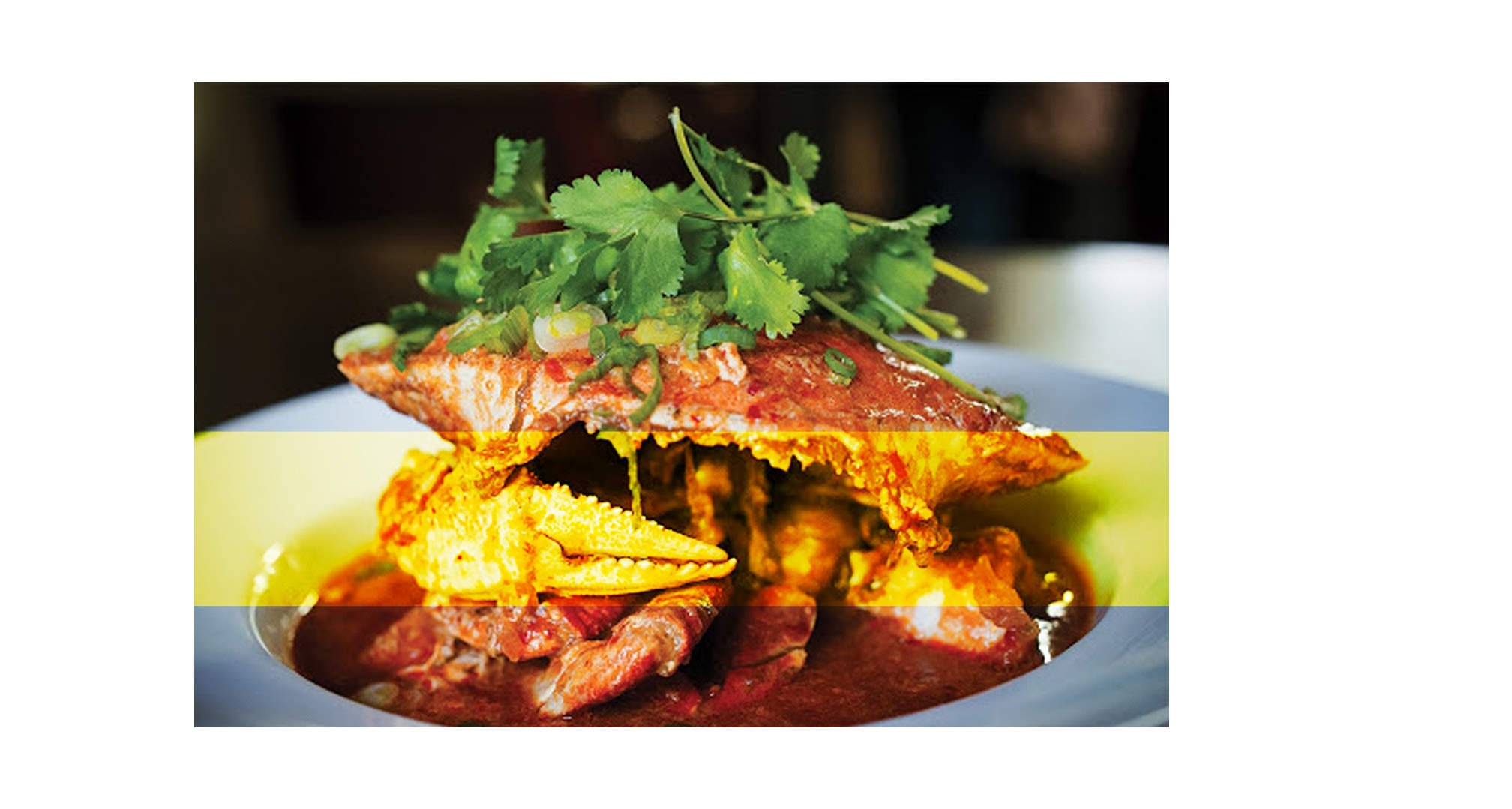
SINGAPORE: Chili Crab
"All hail Singapore's spicy chilli crab. Any food lover has surely heard of this dish before; it's even been promoted as Singapore's national dish by the tourism board. And it's every bit as epic as people make it out to be — but it's also not for the faint of heart. It's essentially stir-fried crab that is coated with a spicy tomato-based sauce, and is served with the shell on. You also need to eat it with your hands. It's not that spicy in comparison to something like Thai food, and it's even a little sweet. Actually, I found that the flavour goes with the humid weather in Singapore.
My first time having the dish was when I was performed at the Formula 1 Grand Prix in Singapore. I had very high expectations, and it far exceeded them. I had the crab just before my performance and started to sweat perfusely. My friends said that it was perfect timing since it helps with swelling."
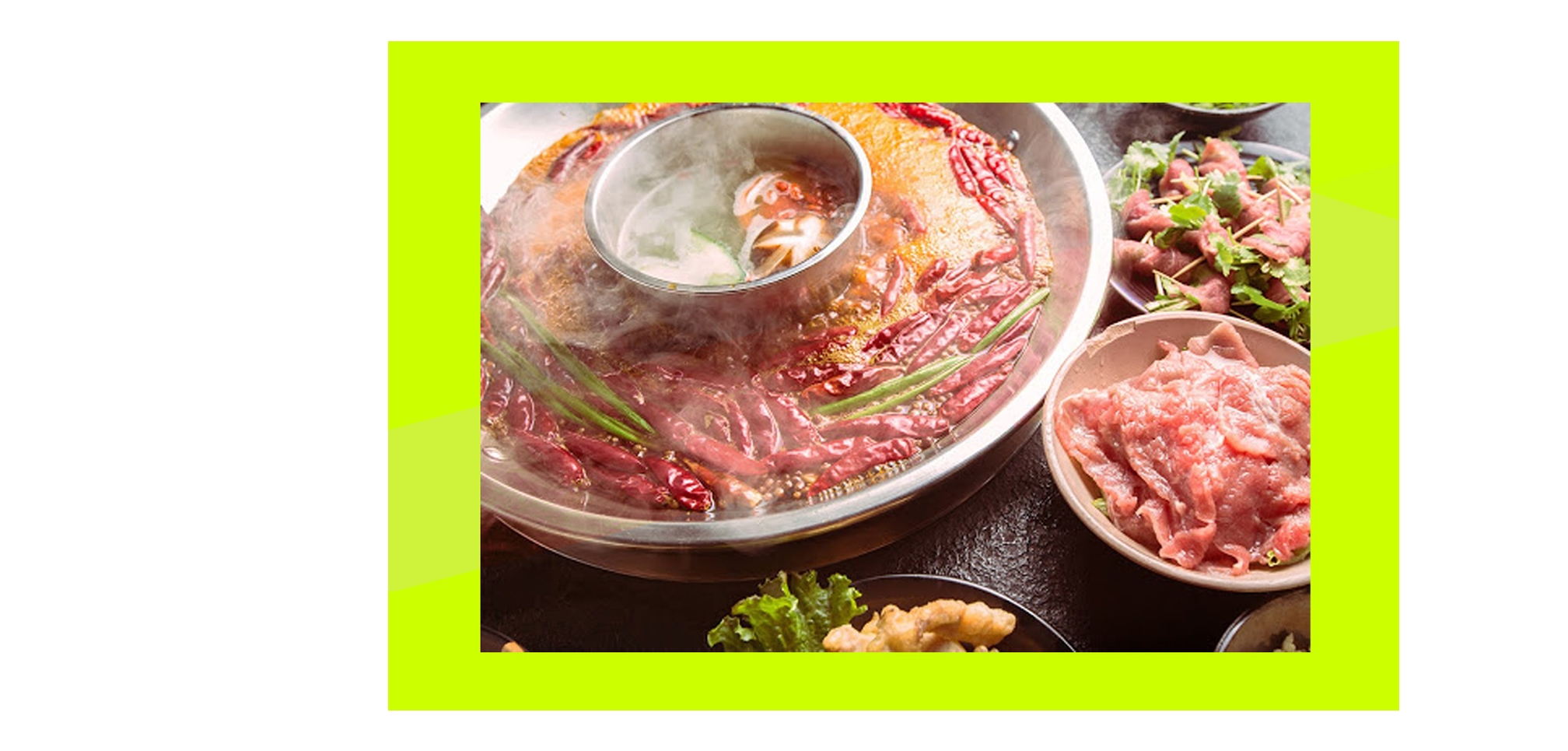
CHINA: Szechwan Spicy Hot Pot
"Dangerous in the best way possible, Szechwan spicy hot pot cannot be forgotten. The soup itself is very spicy with a heavy flavour and served with plenty of choices of ingredients (you can hot-pot anything, really). Actually, when I first moved back from the states, I wasn’t able to handle spicy food like I used to. When my friend and I craved siu yeh (comfort-based late-night food), we would for spicy for hot pot, and it took me several attempts to build up my tolerance for spice again.
Also, since hot pot often needs several people for the full experience, it’s a great choice for a group of artists on tour together. When I was on a Musical Freedom tour in China, with CID, Brohug, and Wax Motif, I took them for Szechwan hot pot. I knew they would have a lower tolerance for spice, but they thought they could handle it. Anyway, I was right, and they all got burned out. I actually found a video that recorded the funny moments at this particular hot pot table."
[Images via ActiveAsia, Epicurious, Korean Bapsang, BambooVillage, UmamiHoliday, Reddit]


